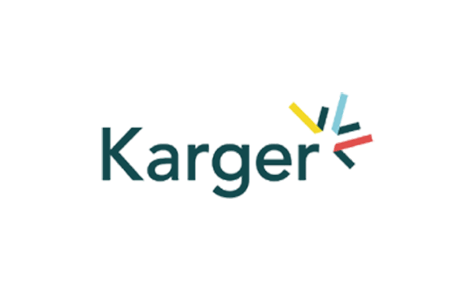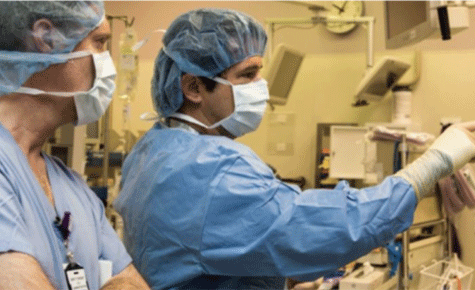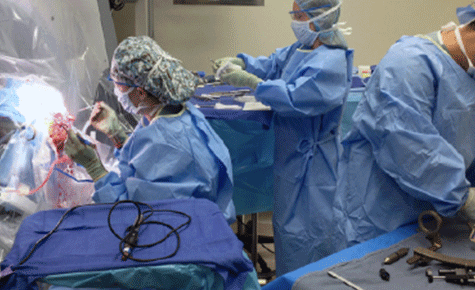Neurosurgery
Versatile, Real-Time Imaging
Transform an OR Into an Advanced Imaging Suite
Enhance neuro-navigation and surgical outcomes
The BodyTom® and OmniTom® mobile CT, combined with most radiolucent skull fixation devices will transform the operating room into an intraoperative neuro imaging suite.
Both BodyTom and OmniTom are also compatible with most surgical planning systems that use DICOM and provide affordable, high-quality imaging, enhancing neuro-navigation and surgical outcomes.
.png)
Clinical Benefits
Bring augmented surgical navigation to your neurosurgery
BodyTom
- Conduct intraoperative CT procedures while the patient is fully or partially sedated.
- Image the full spine in one fast acquisition allowing for minimal disruption to the surgery. Compare pre-operative images to intraoperative results immediately in the procedure room.
- Confirm proper pedicle screw placement along with substantial correction of spinal deformity with intraoperative scans. Accommodate most patients with the large 85cm bore (60cm FOV).
- Acquire 2D, 3D and MPR for versatile use.
- Communicate wirelessly to PACS/RIS/HIS.
- Transport and set up with a single operator.
- Navigate with intraoperative CT to ensure correct implant position.
- Close procedures with a higher degree of accuracy. Perform post-operative CT scans prior to case conclusion versus next day on a fixed scanner.
- Reduce risks and ensure safety of the OR staff associated with scatter radiation with internal and external shielding.
OmniTom
- Conduct CT while the patient is fully or partially sedated.
- Acquire 2D, 3D and MPR for versatile use.
- Compare pre-operative images to intraoperative results immediately in the procedure room.
- Collect real-time data with an ultra-small footprint and immediate image viewing.
- Ensure correct device position with CT-based intraoperative navigation.
- Close procedures with a higher degree of accuracy.
- Perform post-operative CT scans prior to case conclusion versus next day on a fixed scanner.
Featured Videos
BodyTom use in Neurosurgery at Clairval Hospital
Asleep DBS for Parkinson's Disease
Neurosurgery Image Gallery
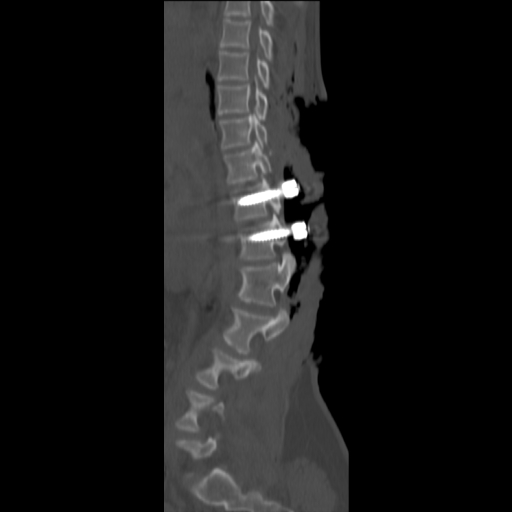
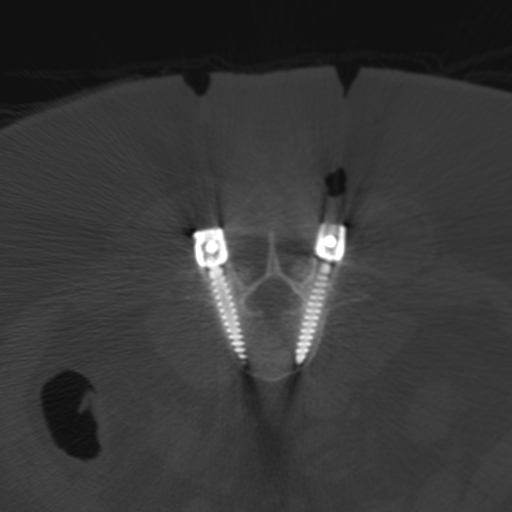
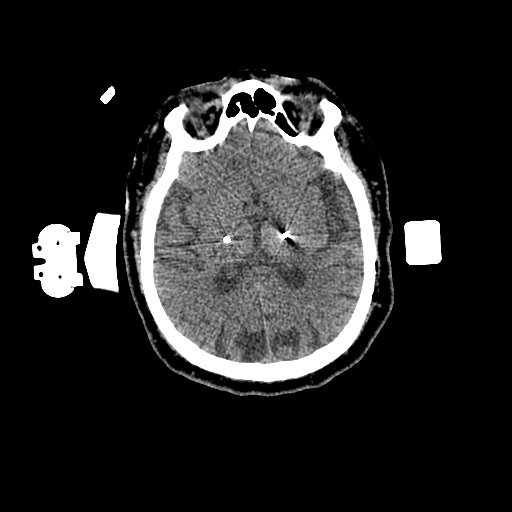
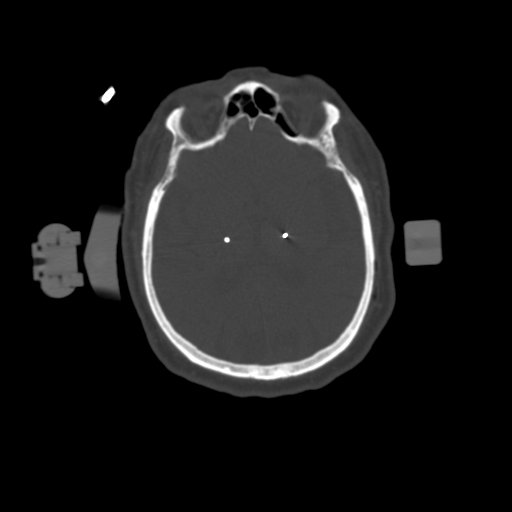
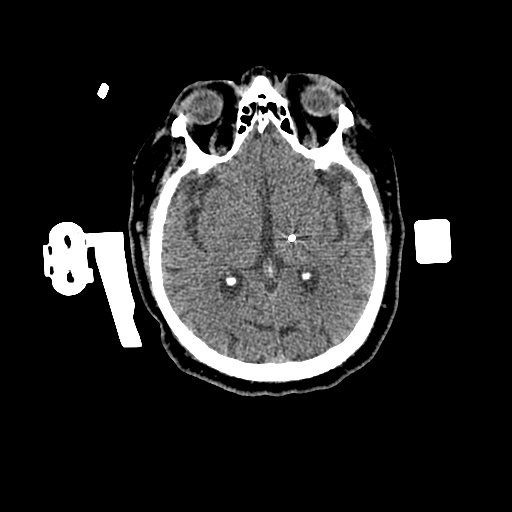
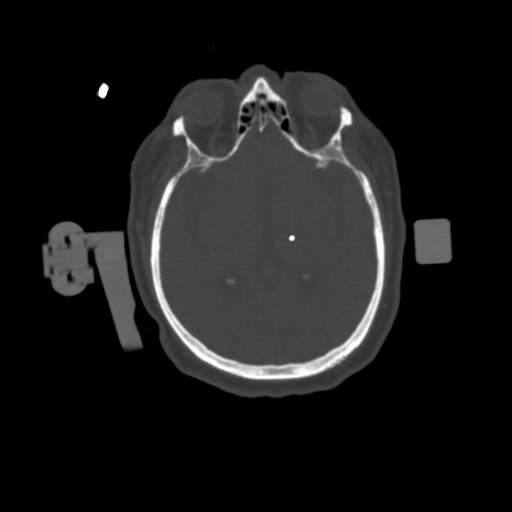
Key Features and Benefits
OmniTom®
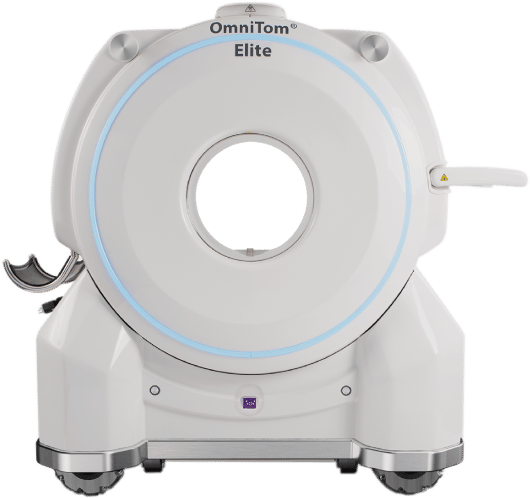
Transform any OR into an advanced imaging suite
Reduce the risks of injury or incidents involved with patient handling and transfers
Transport and set-up with a single operator
Immediate evaluation and assessment of anatomy
Ensure correct device position with CT-based intraoperative navigation
Increase the likelihood of improved patient outcomes
Increase the likelihood of improved patient outcomes
Reduce risks and ensure the safety of the OR staff associated with scatter radiation with internal and external shielding.
Efficient and seamless connectivity
Key Features and Benefits
BodyTom®
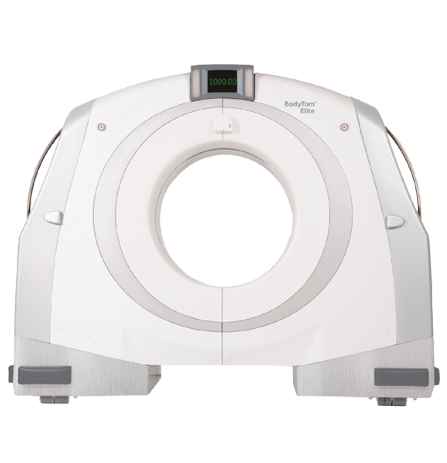
• Evaluate vascular structures and assessment of clipping immediately with intraoperative CTA.
• Image the full spine in one fast acquisition, allowing for minimal disruption to the surgery.
• Compare pre-operative images to intraoperative results immediately in the procedure room. - Navigate with intraoperative CT to ensure correct implant position along with substantial correction of spinal deformity with intraoperative scans.
• Transform an operating room into an intraoperative spine imaging suite
• Perform post-operative CT scans prior to case conclusion versus next day on a fixed scanner.
Accommodate most patients
Efficient and seamless connectivity
Reduce risks and ensure safety of the OR staff associated with scatter radiation
Reduce the risks associated with ramp-up power and overtaxing the electrical system in a facility
Key Features and Benefits
OmniTom®
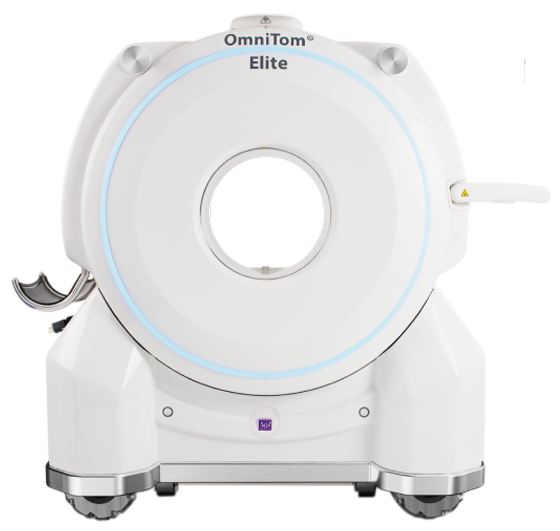
Key Features and Benefits
BodyTom®

• Image the full spine in one fast acquisition allowing for minimal disruption to the surgery.
• Compare pre-operative images to intraoperative results immediately in the procedure room.- Navigate with intraoperative CT to ensure correct implant position along with substantial correction of spinal deformity with intraoperative scans
.• Transform any operating room into an intraoperative spine imaging suite
• Perform post-operative CT scans prior to case conclusion versus next day on a fixed scanner.
Learn more about each of our unique solutions:
Our Mobile Imaging has People Talking
Dig Deeper
Read, watch and uncover the latest in mobile CT imaging.
OmniTom
Articles
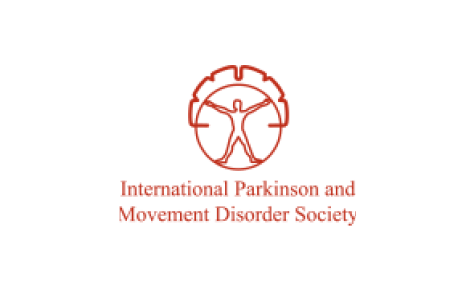
Case study
BodyTom
Articles
